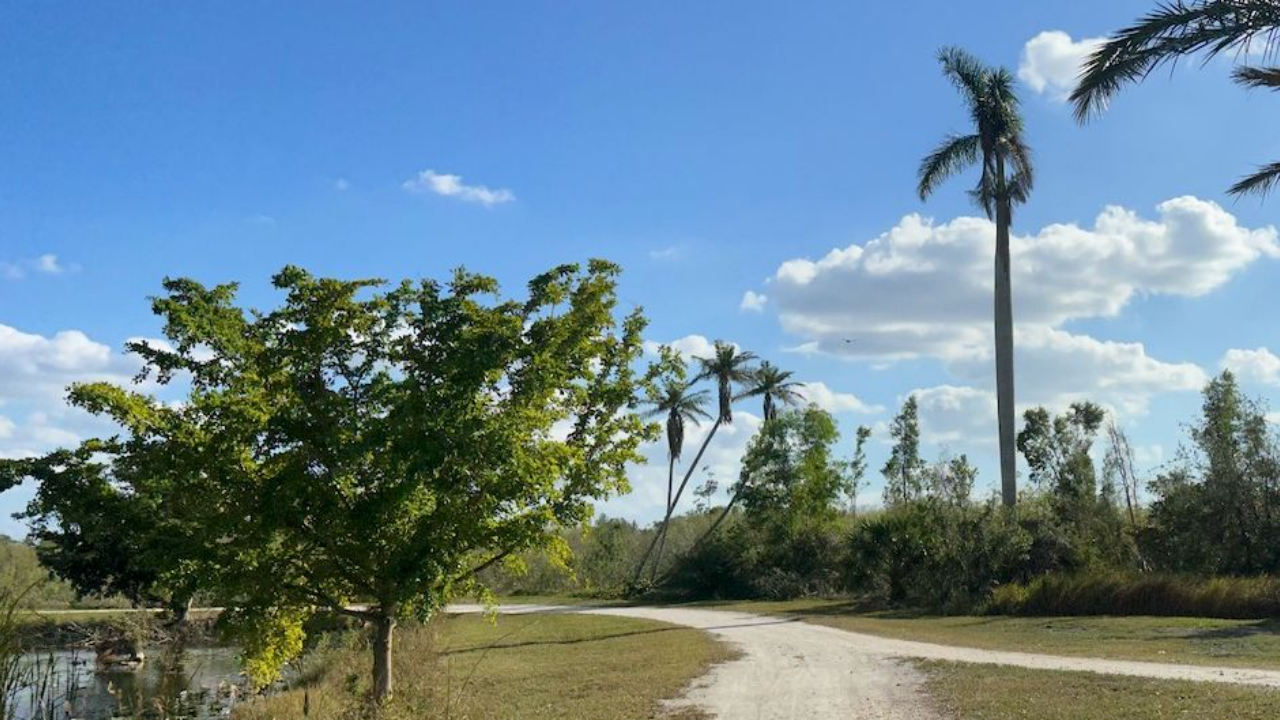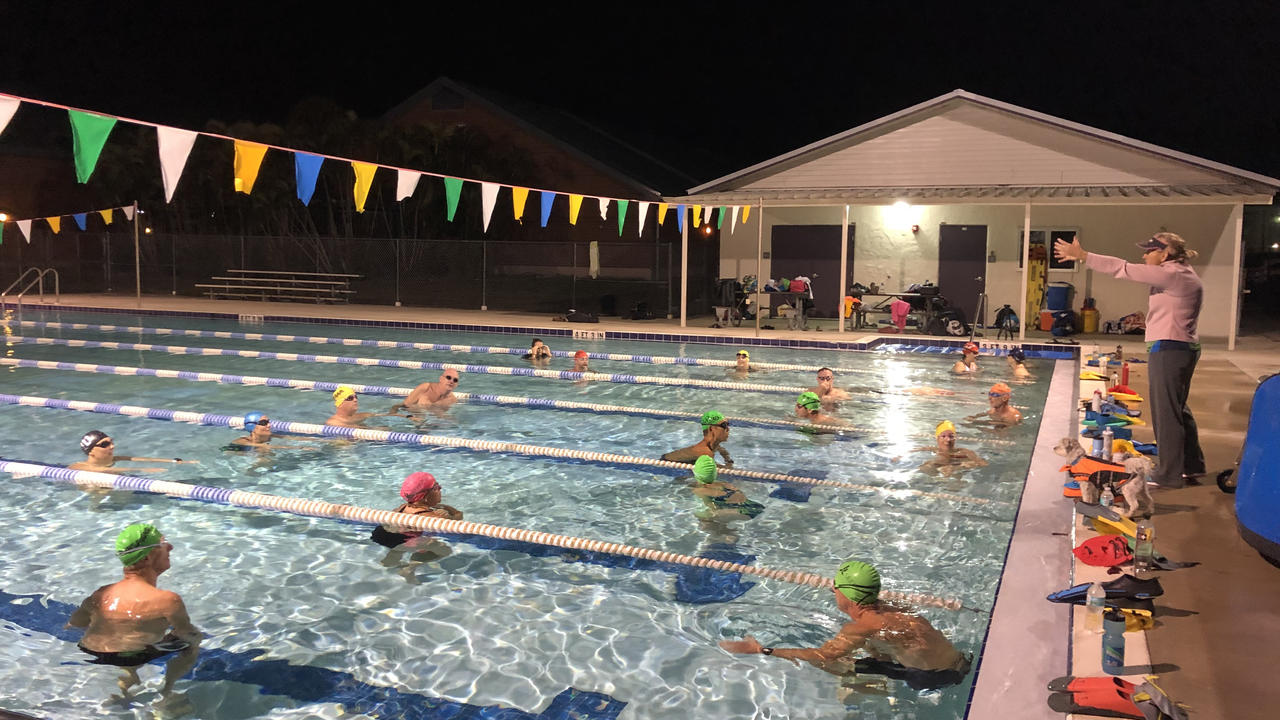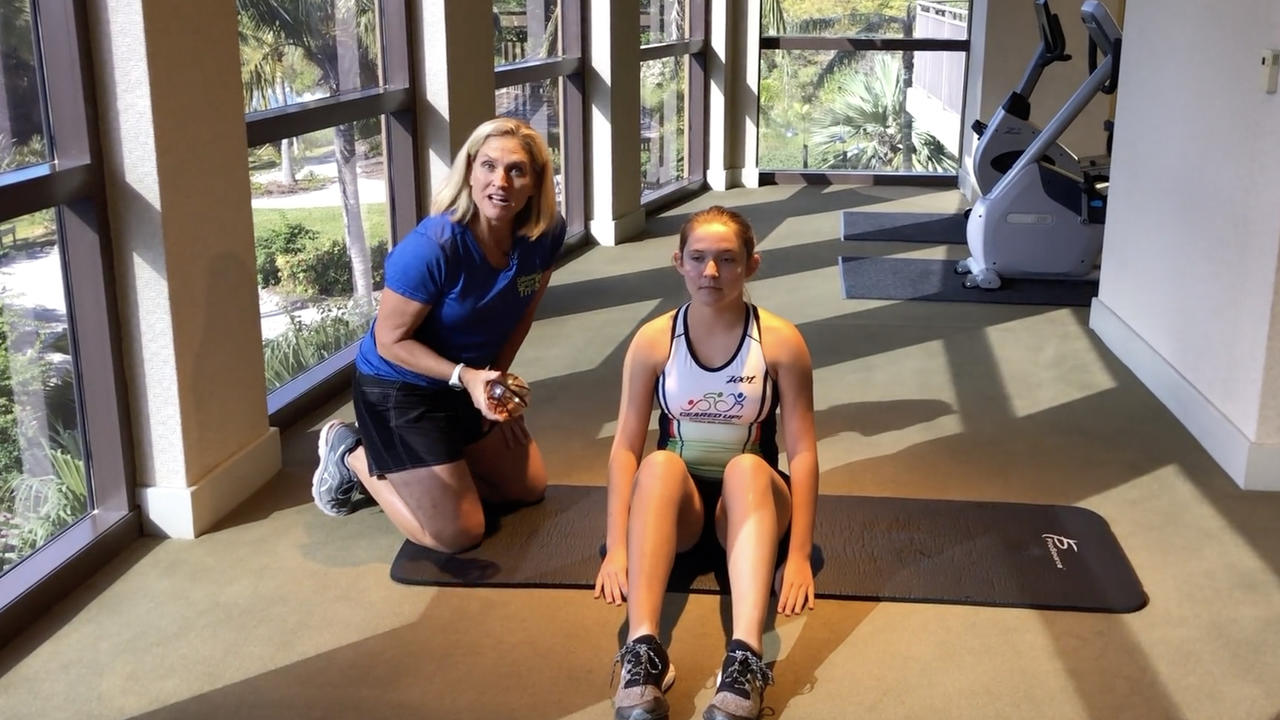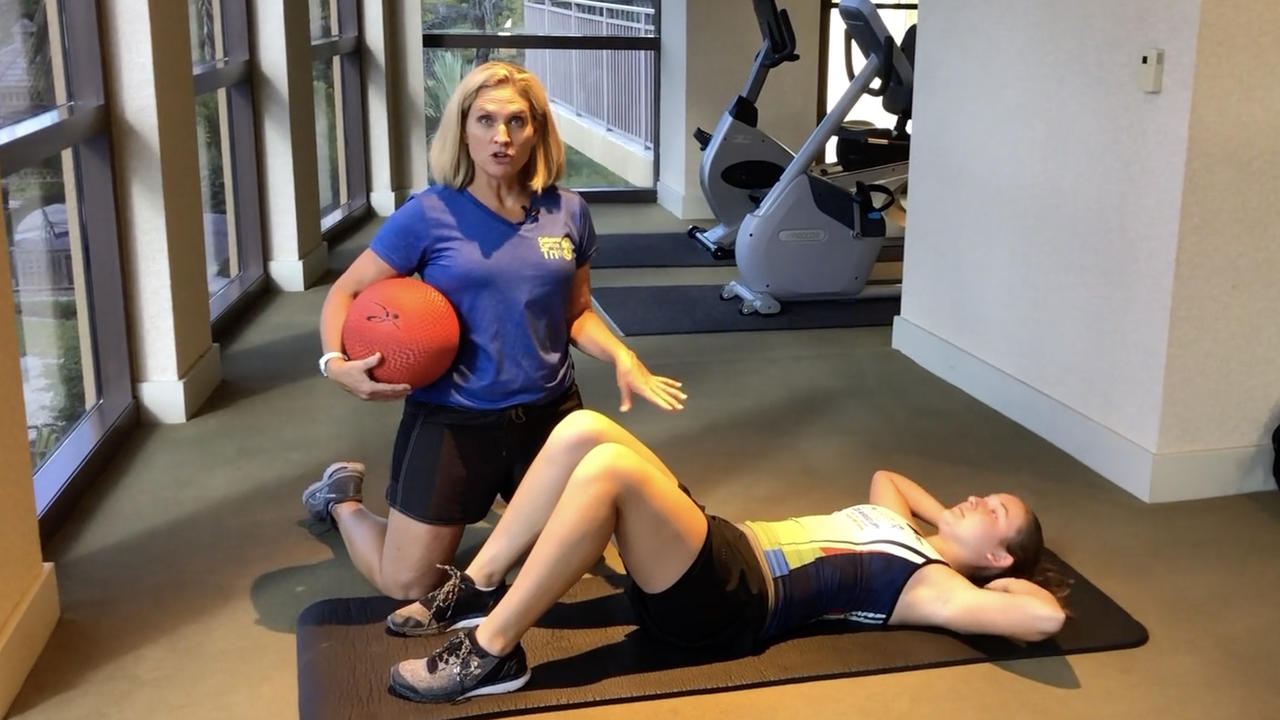Exercise Myths Debunked - The Best Ways to Burn Fat

A beautiful Florida winter early evening run in Lakes Park, Fort Myers, Florida. Photo Courtesy of Charly Caldwell II.
There are so many misconceptions surrounding exercise and the best ways to lose fat.
Some you may know and some may be new.
Let’s debunk these myths once and for all...
Myth #1 — You can spot reduce fat from certain body parts.
Spot reducing fat from your stomach or thighs, for example, is impossible. The concept of targeted fat loss or spot reduction is false.
The best way to explain this is to understand that the only thing exercises target are muscles, not the fat that is covering those muscles.
The only way to lose fat in a specific area is to lose overall body fat.
Myth #2 — Doing loads of cardio is the best way to lose fat.
If your goal is fat loss, doing cardio for hours a day isn’t the best way to achieve it.
Yes, cardio workouts will help increase your calorie deficit but the most effective way to burn fat, increase your metabolism and improve your ...
Get In Shape for Winter Now

In the Southwest Florida area? Enjoy a workout in Lakes Park, Fort Myers - miles of trails, and there are workout areas scattered throughout the park!
It may seem impossible to fathom the idea of snow skiing while the sun is shining and you’re still going to the beach but fall is just around the corner and anyone planning holiday ski trips has less than 10 weeks to get sport specific fit.
Let’s be honest, while snow sports can be a lot of fun, many people arrive at the ski lift unprepared, unfit and leave the mountain stiff, sore and sometimes injured.
First, let’s acknowledge that a lot of people have desk-bound jobs that don’t exactly “prep” them for the intensity of skiing or snowboarding, and while they may do exercise, it’s usually not specific enough to allow them to cope with the specific positions and forces that occur during snow sports.
For example, with skiing, you spend most of your day bent like a zigzag.
You’re in a sustained bend at the hip and knee joints with two b...
Prevent Shoulder Injuries With A Well-Rounded Training Program

Angie coaching the Geared Up team in an early morning swim clinic, pre-COVID, teaching the Geared Up team healthy movements for healthy shoulders!
Shoulders play an integral role in many of our daily activities.
They are also highly susceptible to injury.
It is therefore imperative that we do everything possible to keep our shoulders strong and injury free.
Consider that the average American spends a majority of their day performing forward focused activities that load the muscles of the shoulder.
This includes tasks as simple as sitting at a desk or driving a car.
Always moving with a forward focus creates problems as the shoulders become tight through the chest muscles (pectoralis major and minor) while at the same time becoming week and overstretched through the muscles that pull the shoulders back (scapular retractors).
This tightening and weakening respectively can lead to an exaggerated curvature of the normal spine resulting in a condition known as kyphosis.
Along with dai...
Train Smarter for Peak Performance

Josie, Bill and I filming, as I coach them, for our Video Training Library (learn more about our powerful training library here).
As a coach, I am routinely asked what an athlete can do to improve their performance.
This is usually preceded by a tale of woe about some lack luster race result.
Fortunately for me, a quick skim of their recent racing splits and training logs makes it fairly easy to identify where their problems originate.
If you’re looking for peak performances this season, regardless your sport, you need to be mindful in your efforts and train smarter, not harder.
Error #1, Going out too fast.
This is easy to identify by simply looking at your splits.
Whether you are swimming, biking, running, walking, playing a tennis match or a round of golf, if you have not managed your energy and the second half of your sport is slower than the first half, you went out too fast.
To avoid this, commit to practicing goal specific pacing for at least half your race distance prior...
Use Bodyweight Exercises to Incorporate Functional Conditioning Into Any Workout

Angie and Josie working in the Fitness Center - filming for our incredibly powerful Membership Video Library.
‘Functional’ and ‘functionality’ have become popular buzzwords in the fitness industry over the past 10 years.
While isolation exercises (i.e. standard chest press or mid-row) are still common, compound and multi-planer movements (i.e. lunge with rotation) have solidified their place in fitness programing by demonstrating their effectiveness with enhancing everyday movements that would otherwise cause injury to an ill-prepared body.
Our increasingly sedentary lifestyles mean that our genetically engineered highly mobile bodies are immobile for several hours a day (sitting at a desk, watching TV) and thus we develop not only postural weaknesses, but also strengthen deficiencies for activities like gardening, household chores, and recreational activities such as walking the dog, playing sports and family activities.
Traditional muscle conditioning workouts provide a unique oppo...
Stress: The Good and the Bad

A beautiful, stress relieving Florida sunset on Naples Beach (at 5th Ave S) on Thursday, January 23 (Thank you to Charly Caldwell II for the photo!)
Some elements of stress are good for us.
The fight or flight responses that are hard-wired into our nervous system can save our lives. The knee-jerk response of jumping out of the way of a moving vehicle, the sharp intake of breath, our hearts racing, the rush of adrenaline.
This is the rush that those who love rollercoasters, sky-diving or other such intense activities crave.
This is good stress.
Our bodies have a chance to process the increased cortisol released into our systems, and we will often feel a bit of a high afterwards. This same stress can be a great motivator to try new things and to push beyond our comfort zones.
When this same chemical reaction in our bodies turns against us, it is almost simultaneous to when we turn against it.
When our flight or fight mechanism kicks in to situations we have no outlet for.
Cancelle...
Managing Disc Injuries with Healthy Exercise

Sitting at my desk, researching this article, I come across so much information about disc (spine) injuries.
It seems that ‘Google’ is extremely good at defining what a disc herniation is, how it happens and when to go to a doctor, but not so good at providing helpful information regarding management of the injury.
Most of the websites veer towards recommendations of bed rest, NSAIDS (anti-inflammatory drugs) and cortisone injections, with a visit to your GP if pain persists.
In a nutshell, rest and drugs.
There are very few sites that encourage people to seek some hands-on treatment, and even fewer that provide any information about specific exercise programs for disc injuries.
Let’s change that by focusing on some preventative exercises you can add to any existing program.
However, if you currently have a disc injury, remember to always consult a health care professional (doctor or physical therapist) for diagnosis and advice prior to starting an exercise program.
First, practice...
8 Essential Exercises for Athletes with Arthritic Knees

Jason, Angie and Heidi helping, teaching and showing you best practices in the 20 Day Core Challenge (available in our Monthly Membership program!)
Stronger muscles can relieve the load on your joints and reduce arthritis pain and inflammation...
Here's how:
Just because you have arthritis doesn't mean you have to say goodbye to exercise.
But many people with this condition aren't meeting the recommended federal guidelines of 2.5 hours of moderate movement each week — and that's a shame, because physical activity is one of the best ways to combat the pain and stiffness associated with arthritis.
"A lot of people with arthritis stop moving."
says Lee Kaplan, MD, associate professor of clinical orthopedics at the University of Miami Miller School of Medicine in Florida.
In fact, he emphasizes, people should be doing just the opposite — seeking exercise and actively strength-training their muscles in order to reduce the load on their joints, which in turn can cut down on inflammation...

